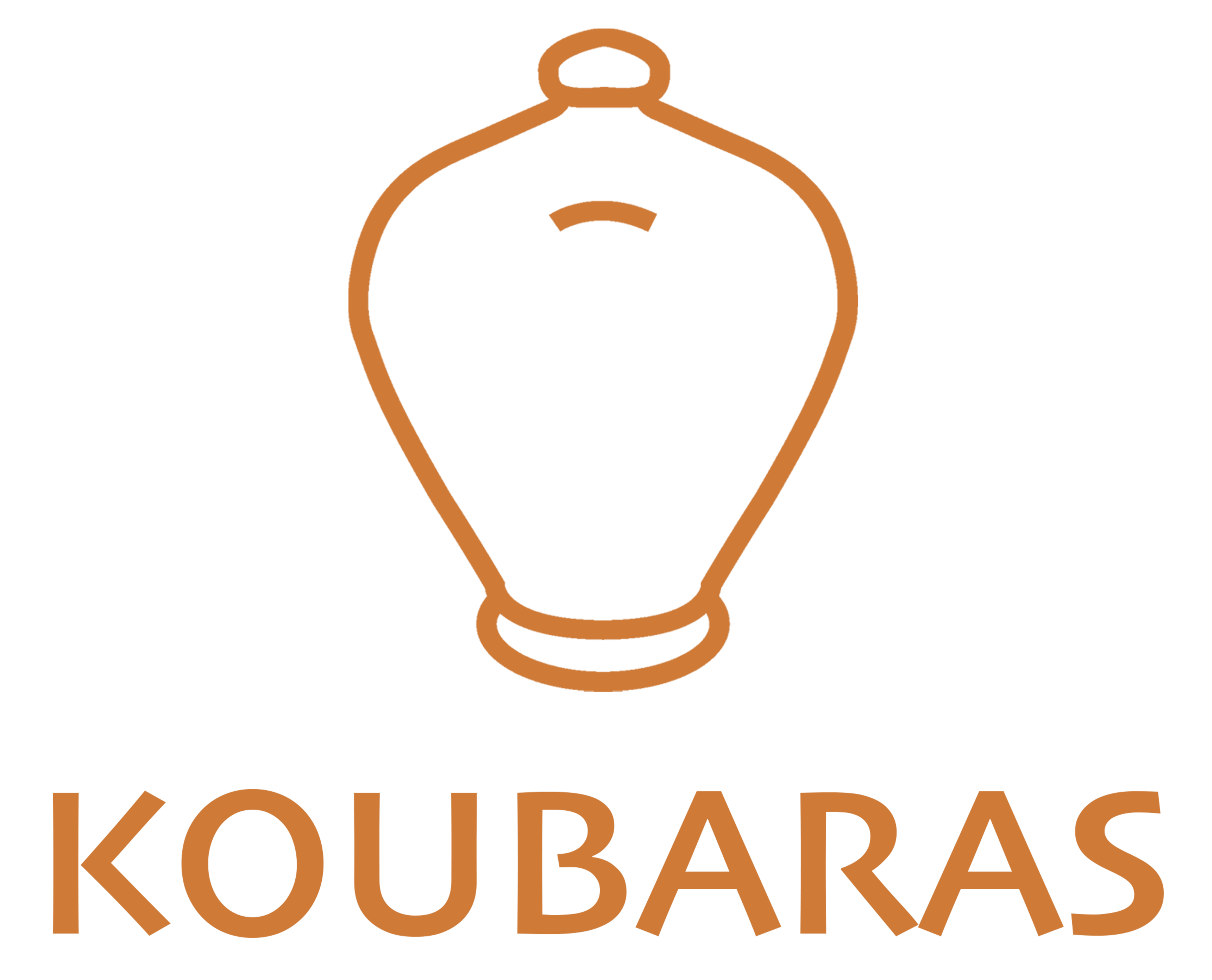Wikipedia offers a great definition of Blockchain: “By design, a blockchain is resistant to modification of the data. It is “an open, distributed ledger that can record transactions between two parties efficiently and in a verifiable and permanent way”. For use as a distributed ledger, a blockchain is typically managed by a peer-to-peer network collectively adhering to aprotocol for inter-node communication and validating new blocks. Once recorded, the data in any given block cannot be altered retroactively without alteration of all subsequent blocks, which requires consensus of the network majority.” In simple words we can record anything in the most secure way, where any party has access.
On the other hand “Double-entry bookkeeping”, inaccounting, is a system of bookkeeping so named because every entry to an account requires a corresponding and opposite entry to a different account. The double entry has two equal and corresponding sides known as debit and credit.” The idea here is to provide enough information in a secure and retrievable way, given the facts, technology and knowledge of the 11th century when it was invented…
And here we are now. The Generally Accepted Accounting Principles (GAAP), believe double-entry accounting and account conversion are the main techniques for recording, retrieving, managing and reconciling accounting data. Indeed, if you ask a monk which is the main technique for soul salvation, they will respond “religious monasticism, prayers and fasting”. Don’t expect a word about visiting a relevant scientist. But technology rockets and blockchain develops as one of the main recording systems with multiple uses, while is very up-to-date with all current trends.
As a certified accountant, I have all the tools to answer like a GAAP monk. As an economist and a trained behaviorist one, my answer is the question of the title…

